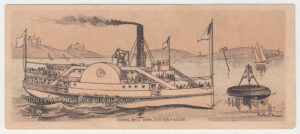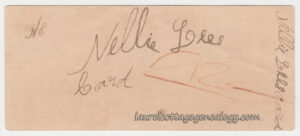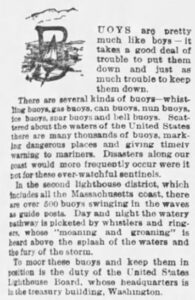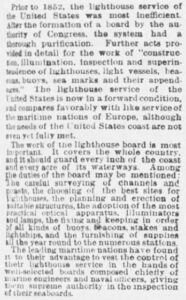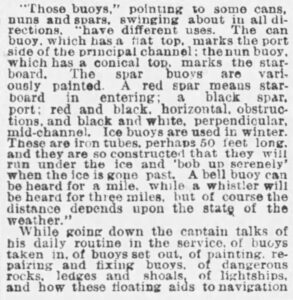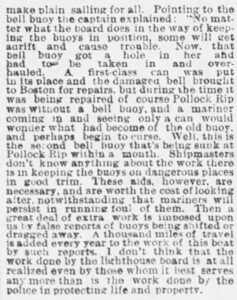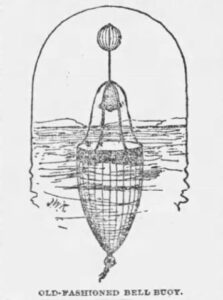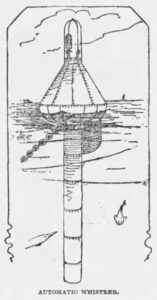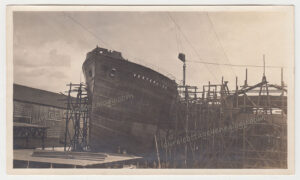
Old photo, white border. Circa March, 1917, Portland, Oregon.
Price: $100.00 Size: 5 and 1/2 x 3 and 3/16″
A short-lived career….
This is a rare photo of the S.S. Vesterlide. At the time of this post, we’re not finding any others online. And, as it turned out, there was a very small window of time for photo ops, though, to be fair, her construction was pretty high-profile, so we wonder if more photos might have survived. Launched March 31, 1917, Vesterlide’s name was changed to War Baron shortly afterward. Then on May 1st, 1918, War Baron was torpedoed and sunk by a German submarine.
Many articles appear in newspaper accounts, along with photos. We’ll let them tell most of the story…..
The ship’s name, Vesterlide, translates as Westerner in Norwegian. Originally commissioned by a Norwegian firm, she was the first steel steamer to be built in Portland, Oregon – a momentous event for the city’s steel industry, and a source of pride for Portland. Throngs were on hand. Mayor Albee had declared it a “half-holiday,” people were up on rooftops and boys had climbed telephone poles. The launching took place at the Northwest Steel Company’s yards, and the spectators yelled their appreciation as the ship was sent gracefully into the Willamette River.
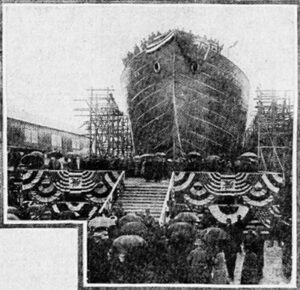
Below, March 31, 1917, Miss Marian Virginia Bowles, daughter of J. R. Bowles, president of Northwest Steel Co., gets ready to break the champagne bottle over Vesterling’s prow:
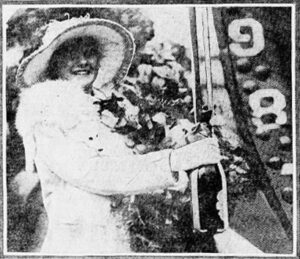
A photo montage from The Sunday Oregonian:

Looking down the ship launch path. Vesterlide entering the water:
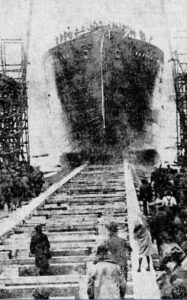
But shockingly, a couple of the hawsers, the thick ropes helping to keep the 8,800 ton ship in check, failed – and Vesterlide was sent diagonally across the river, striking the sternwheeler, Ruth, in her mid-section. The collision:
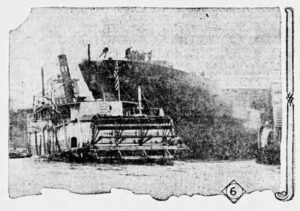
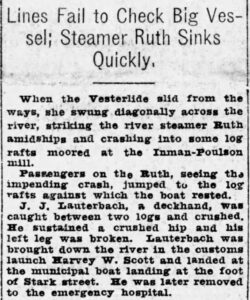

More details…..From The Sunday Oregonian:
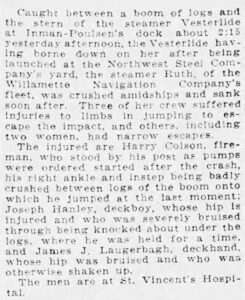
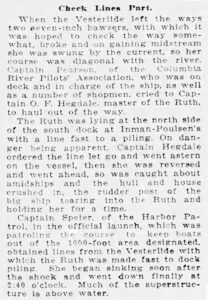
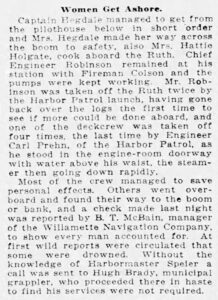
Surprisingly, the riverboat Ruth was raised and able to be completely restored. An official investigation found her officers not at fault.
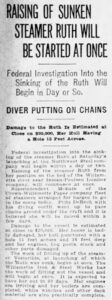
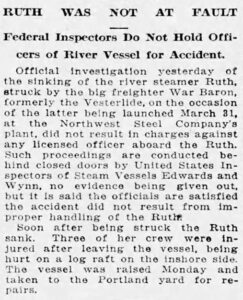
Vesterlide renamed War Baron – Spring of 1917
SS War Baron
The exact date of rechristening, from Vesterlide to War Baron, is unclear. An article in The Oregonian, dated April 10th, mentions the new name, and by another report, in the same paper, dated May 12th, the steamer was getting her finishing work completed at the Willamette Iron & Steel Works.
Below, a nice photo with text that appeared in The Sunday Oregonian, July 8, 1917:
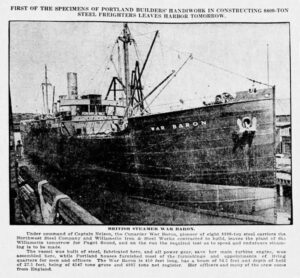
A good showing…..and what seems like a foretelling of fate:
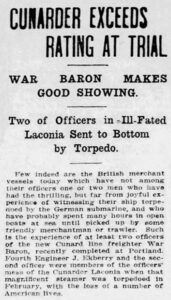
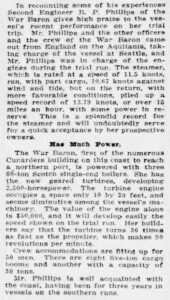
War Baron was torpedoed and sunk by the German submarine U55 on May 1, 1918; Atlantic Ocean, eight miles northeast from Godrevy Lighthouse, St. Ives Bay, Cornwall, UK. Two lives were lost.


Sources: “Steel Ship To Dip.” The Morning Oregonian. March 28, 1917. Wednesday, p. 18. (Newspapers.com).
“First Steel Craft Built In Portland Yards Is Launched.” The Oregon Daily Journal. April 1, 1917. Sunday, p. 12. (Newspapers.com).
“Big Cunarder Is Launched In City.” The Sunday Oregonian. April 1, 1917. Sunday, p. 16. (Newspapers.com).
“Lines Fail to Check Big Vessel; Steamer Ruth Sinks Quickly.” The Oregon Daily Journal. March 31, 1917. Saturday, p. 1. (Newspapers.com).
“Versterlide Sinks Ruth; 3 Injured.” The Sunday Oregonian. April 1, 1917. Sunday, p. 40. (Newspapers.com).
“First Steel Craft Is Launched. Vesterlide Hits River Boat.” The Oregon Daily Journal. April 1, 1917. Sunday, p. 1. (Newspapers.com).
“Raising Of Sunken Steamer Ruth Will Be Started At Once.” The Oregon Daily Journal. April 2, 1917. Monday, p. 12. (Newspapers.com).
“War Baron Is Title.” The Oregonian. April 10, 1917. Tuesday, p. 16. (Newspapers.com).
“Cunard Crew Here.” The Oregonian. May 12, 1917. Saturday, p. 16. (Newspapers.com).
“British Steamer War Baron.” The Sunday Oregonian. July 8, 1917. Sunday, p. 24. (Newspapers.com).
“Cunarder Exceeds Rating At Trial.” The Tacoma Daily Ledger. July 17, 1917. Tuesday, p. 6. (Newspapers.com).
“Torpedoing of War Baron Is Told In Letter.” The Oregon Daily Journal. April 2, 1917. Monday, p. 12. (Newspapers.com).
SS War Baron. n.d. https://en.wikipedia.org/wiki/SS_War_Baron (accessed August 19, 2024).
Tennent, A. J. British Merchant Ships Sunk by U-Boats in World War I. (1990) Periscope Publishing, Ltd. Google.com books.

